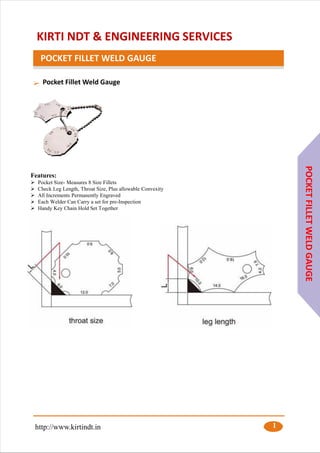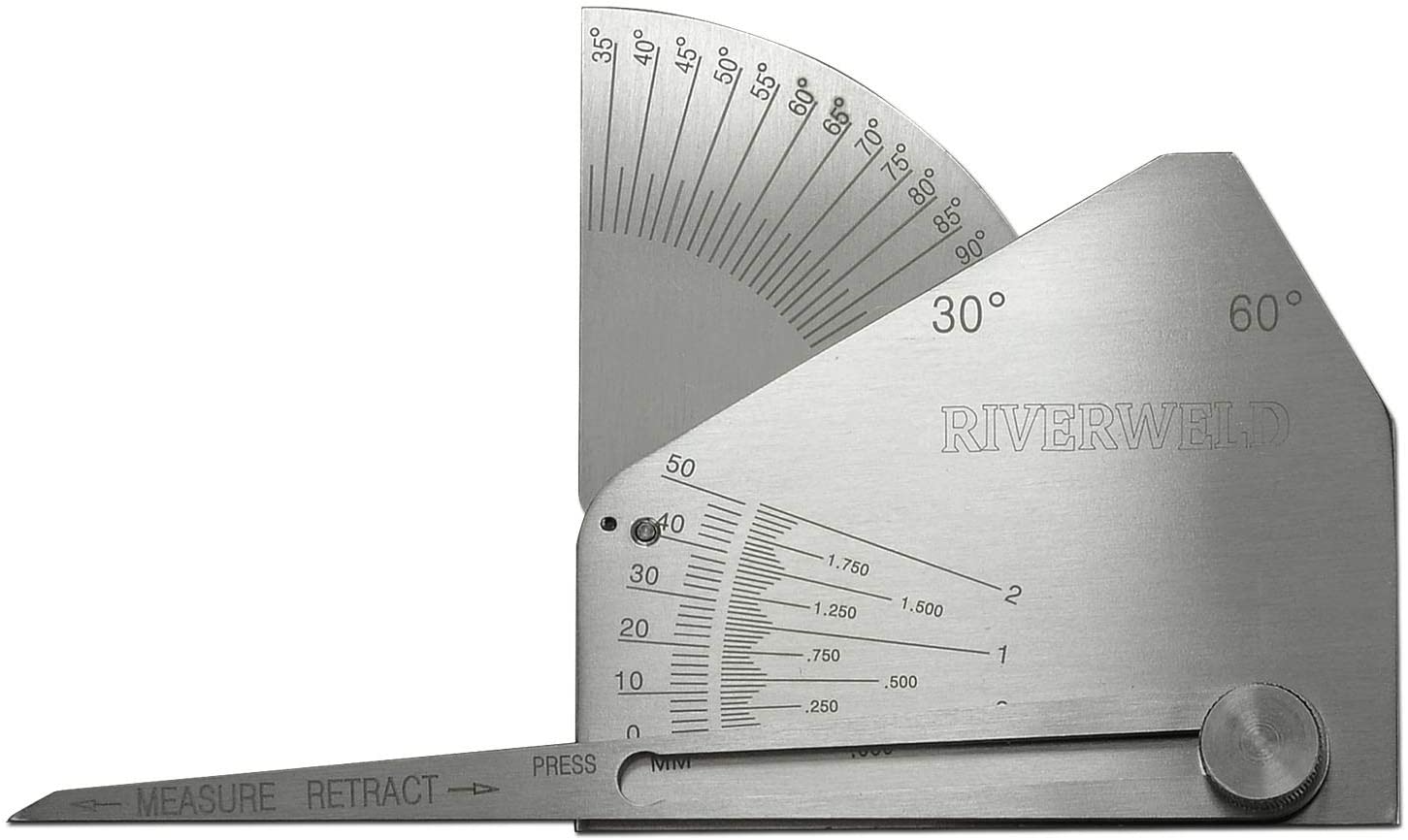Fillet Weld Design Techniques: Maximizing Joint Efficiency and Visual Appeal for Structural Honesty
In the world of structural design and manufacture, the value of fillet weld style techniques can not be overstated. By meticulously considering factors such as weld account optimization, product selection, joint prep work methods, welding process efficiency, and visual improvement engineers, approaches and producers can achieve an unified balance in between performance and look in their welded frameworks.
Weld Profile Optimization


Attaining an optimum weld profile involves a meticulous factor to consider of variables such as material thickness, joint arrangement, welding placement, and preferred welding speed. Additionally, the option of proper welding parameters, such as voltage, existing, and take a trip speed, is basic in regulating the form and dimensions of the fillet weld. Utilizing advanced welding strategies, such as pulse welding or robotic welding, can further improve the weld account to satisfy certain design needs and high quality standards.
Basically, weld profile optimization is a basic aspect of fillet weld style that directly affects the overall efficiency and reliability of welded joints in structural applications.
Product Selection Factors To Consider
When thinking about product choice for fillet weld layout, the compatibility of the base steels is a vital variable influencing the structural stability of the joint. It is important to pick materials that not only weld together effectively yet also have comparable mechanical properties to make sure the lots is evenly dispersed in between the weld and the base steels. Welding products with vastly various properties can cause concerns such as stress concentrations, early joint failing, or cracking.
Furthermore, the setting in which the bonded structure will operate have to be taken into consideration when selecting materials. Variables like deterioration resistance, temperature fluctuations, and exposure to chemicals can all affect the long life and performance of the weld joint. By choosing materials that are appropriate for the desired application and setting, the overall sturdiness and integrity of the bonded joint can be significantly enhanced.
For that reason, extensive factor to consider of product compatibility and ecological variables is paramount in guaranteeing the weld joint's stamina, toughness, and general architectural stability.

Joint Prep Work Methods
Considering the essential function material selection plays in ensuring the architectural integrity of fillet weld joints, it is vital to implement exact joint preparation methods that maximize the connection between the base steels. Joint preparation is a vital action that directly affects the top quality and strength of the weld. One essential strategy is the cleaning of base metals to eliminate any kind of contaminants like rust, oil, or paint that might endanger the weld's integrity. This can be accomplished with approaches such as grinding, wire brushing, or chemical cleansing.
Additionally, appropriate fit-up of the joint is necessary to make sure consistent distribution of the welding product and protect against flaws like insufficient penetration or extreme buildup. Beveling the edges of the base metals can produce a groove that permits much deeper weld penetration and a stronger bond. Additionally, tack welding the parts in place prior to the final weld aids preserve positioning and lessens distortion during the welding process. By carefully following these joint preparation strategies, welders can boost the general performance and appearances of fillet weld joints while making certain architectural sturdiness.
Welding Process Performance
Effective welding processes are essential for accomplishing ideal productivity and quality in fillet weld manufacture. One crucial aspect of enhancing welding procedure efficiency is choosing the ideal welding method. Factors such as her explanation product type, joint style, and welding position need to be thoroughly taken into consideration to figure out the most appropriate method. Processes like gas steel arc welding (GMAW) and flux-cored arc welding (FCAW) are commonly utilized for fillet click here to find out more welds due to their convenience and speed.
Regular calibration of welding devices, evaluation of consumables, and upkeep of welding torches can prevent downtime and rework, ultimately conserving time and sources. Trained welders are a lot more skilled at changing parameters, troubleshooting issues, and keeping regular weld high quality.
Visual Enhancement Approaches
To enhance the quality of fillet weld manufacture, carrying out visual improvement techniques can play an essential duty in making certain precision and precision during the welding procedure. Visual enhancement techniques encompass numerous methods intended at enhancing the appearance and high quality of fillet welds. One common strategy is using back purging systems to get rid of oxidation on the backside of the weld, causing a cleaner, more cosmetically pleasing surface. In addition, employing proper lights arrangements in the welding location can enhance exposure, permitting welders to keep track of the weld swimming pool and guarantee regular bead development. Aesthetic aids such as weld dimension determines and amplifying lenses can assist in assessing weld profiles and measurements accurately. The use of contrasting noting products or temporary tacking can assist in straightening and placing the workpieces exactly before welding. By incorporating these aesthetic enhancement methods into the welding procedure, welders can attain not just structurally audio fillet welds but also aesthetically enticing outcomes that meet industry criteria.

Final Thought
Finally, enhancing fillet weld layout involves cautious factor to consider of weld profile, product selection, joint preparation, welding procedure efficiency, and visual improvement approaches. By executing these approaches, structural stability can be boosted while also have a peek at this website accomplishing visual allure. It is essential to focus on both efficiency and visual appeals in fillet weld style to make certain the overall high quality and longevity of the joint.
By meticulously thinking about aspects such as weld account optimization, product option, joint preparation techniques, welding process effectiveness, and aesthetic improvement approaches, fabricators and designers can achieve a harmonious balance between functionality and appearance in their welded structures.In the world of fillet weld layout, maximizing the weld account plays a critical role in ensuring structural honesty and efficiency. The weld account, which consists of the dimension and shape of the weld cross-section, directly impacts the distribution of stress and anxiety and load-bearing ability within the joint. It is essential to pick products that not just weld together effectively yet additionally possess similar mechanical homes to guarantee the load is evenly dispersed between the weld and the base steels - Gauge Fillet Weld.In verdict, enhancing fillet weld style involves mindful factor to consider of weld profile, product choice, joint preparation, welding process performance, and visual enhancement approaches